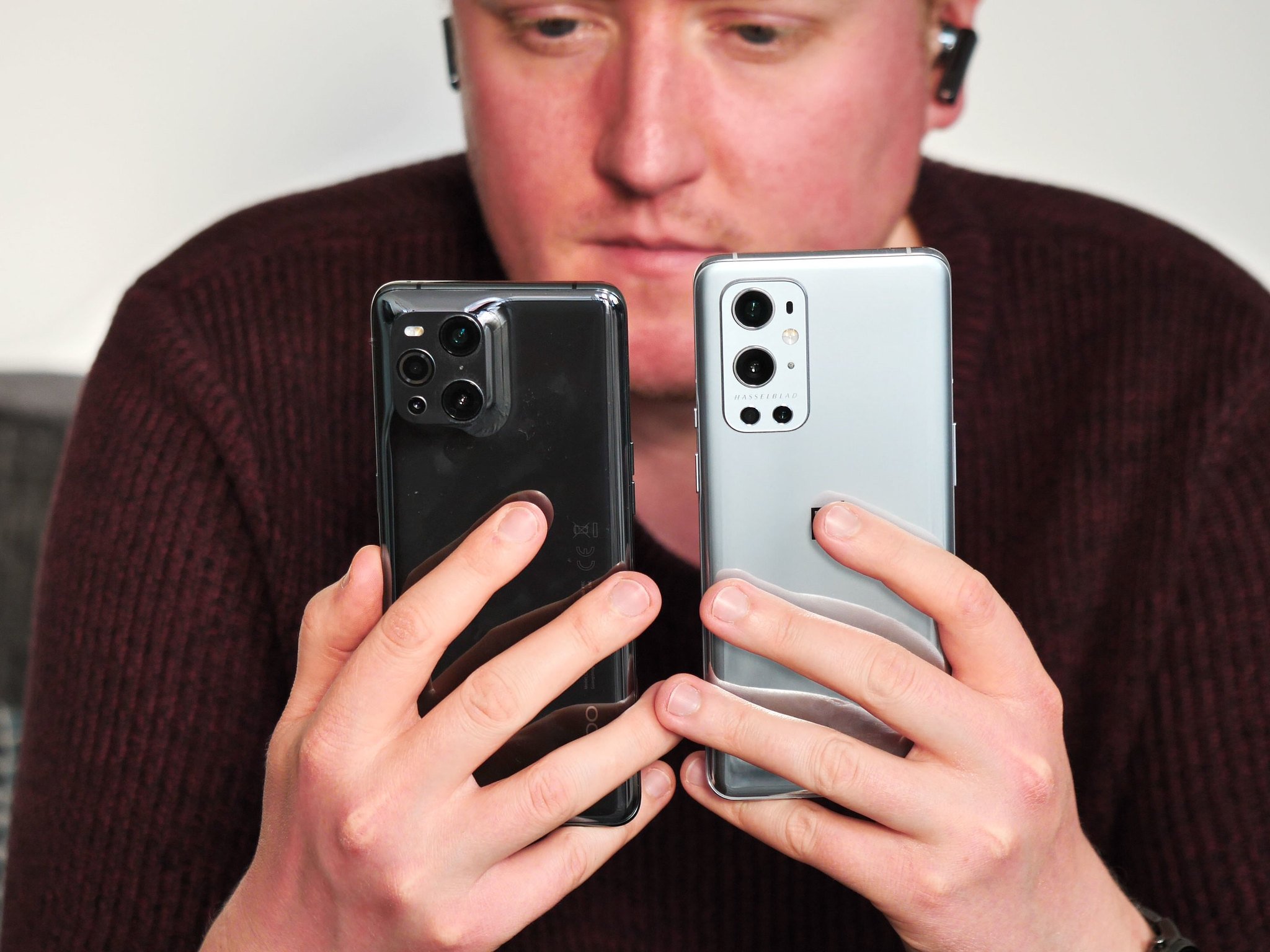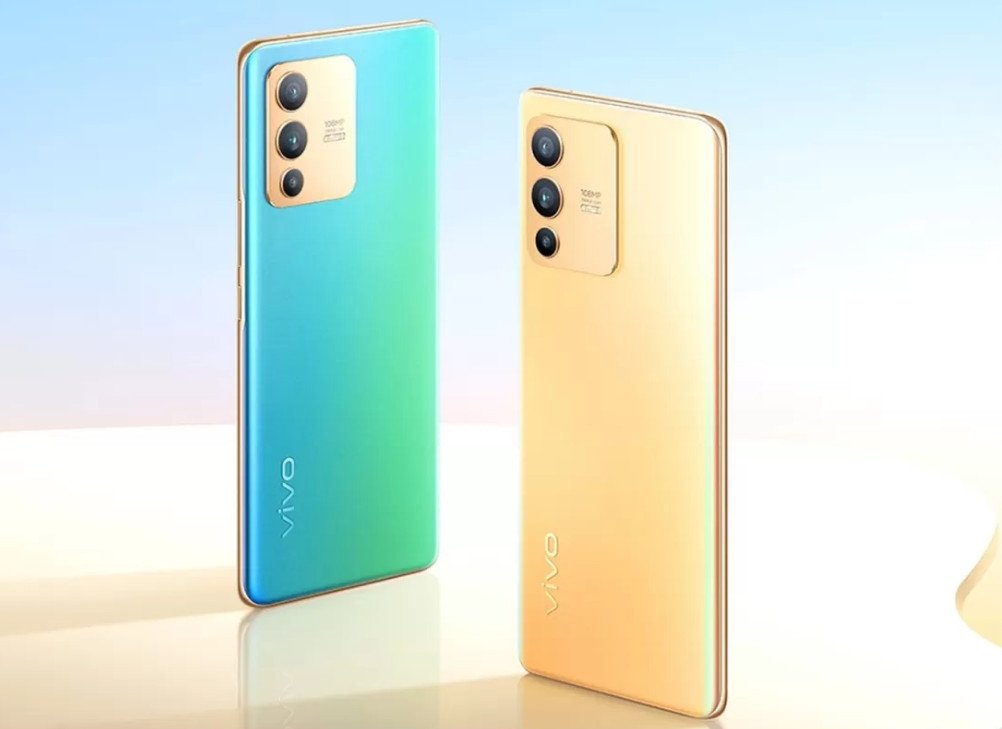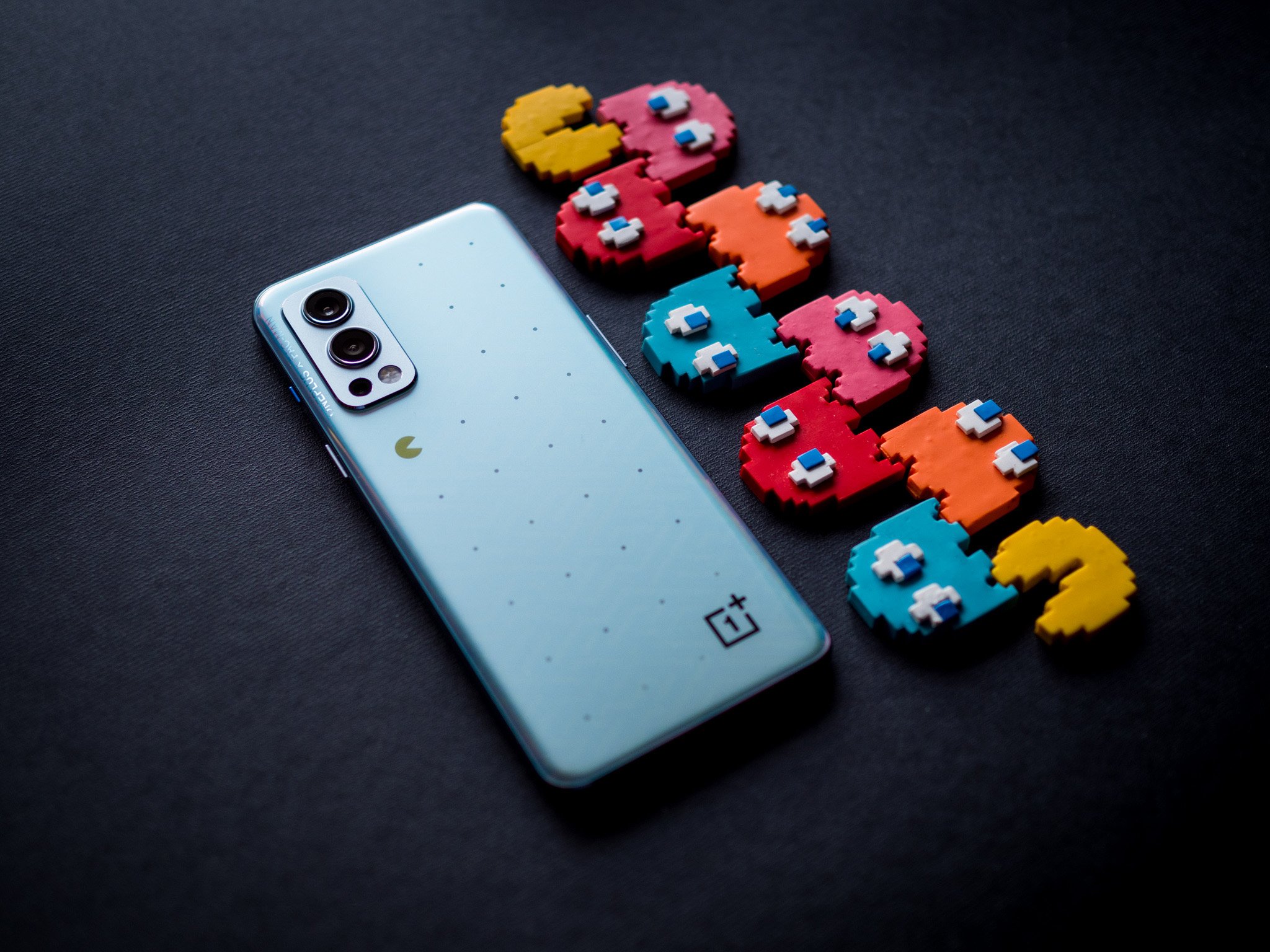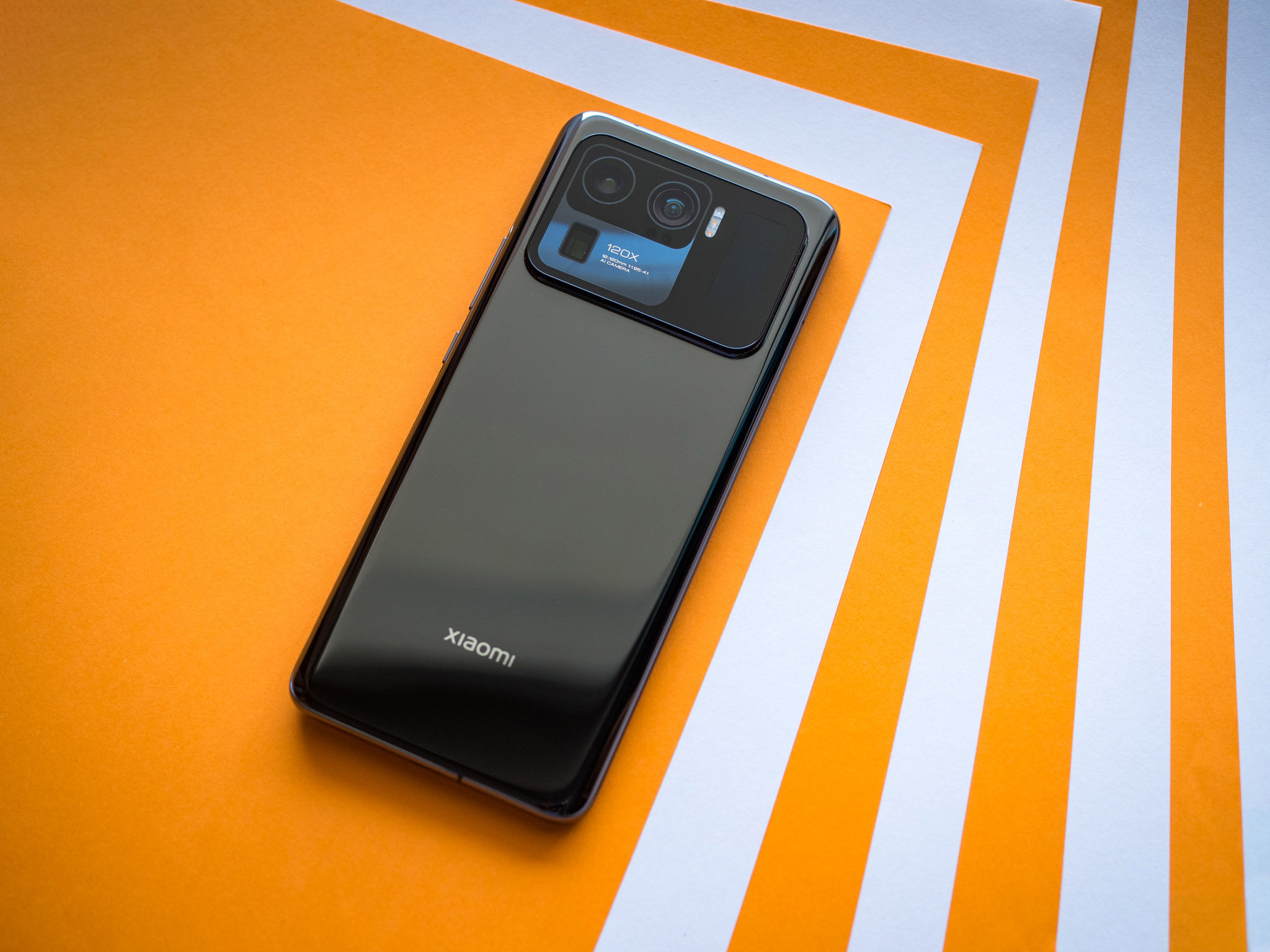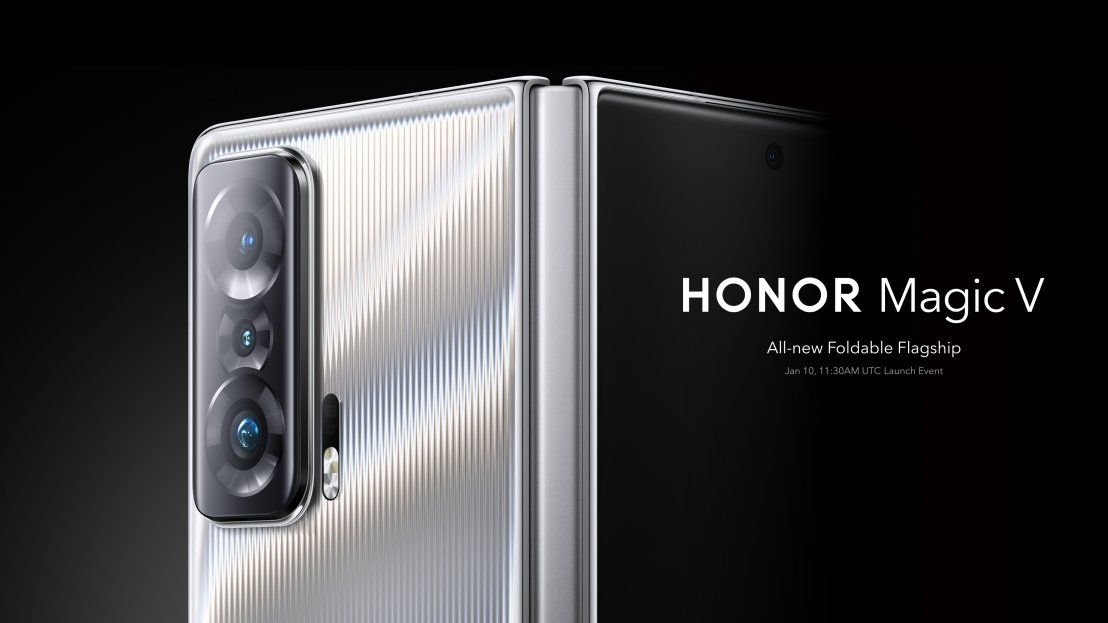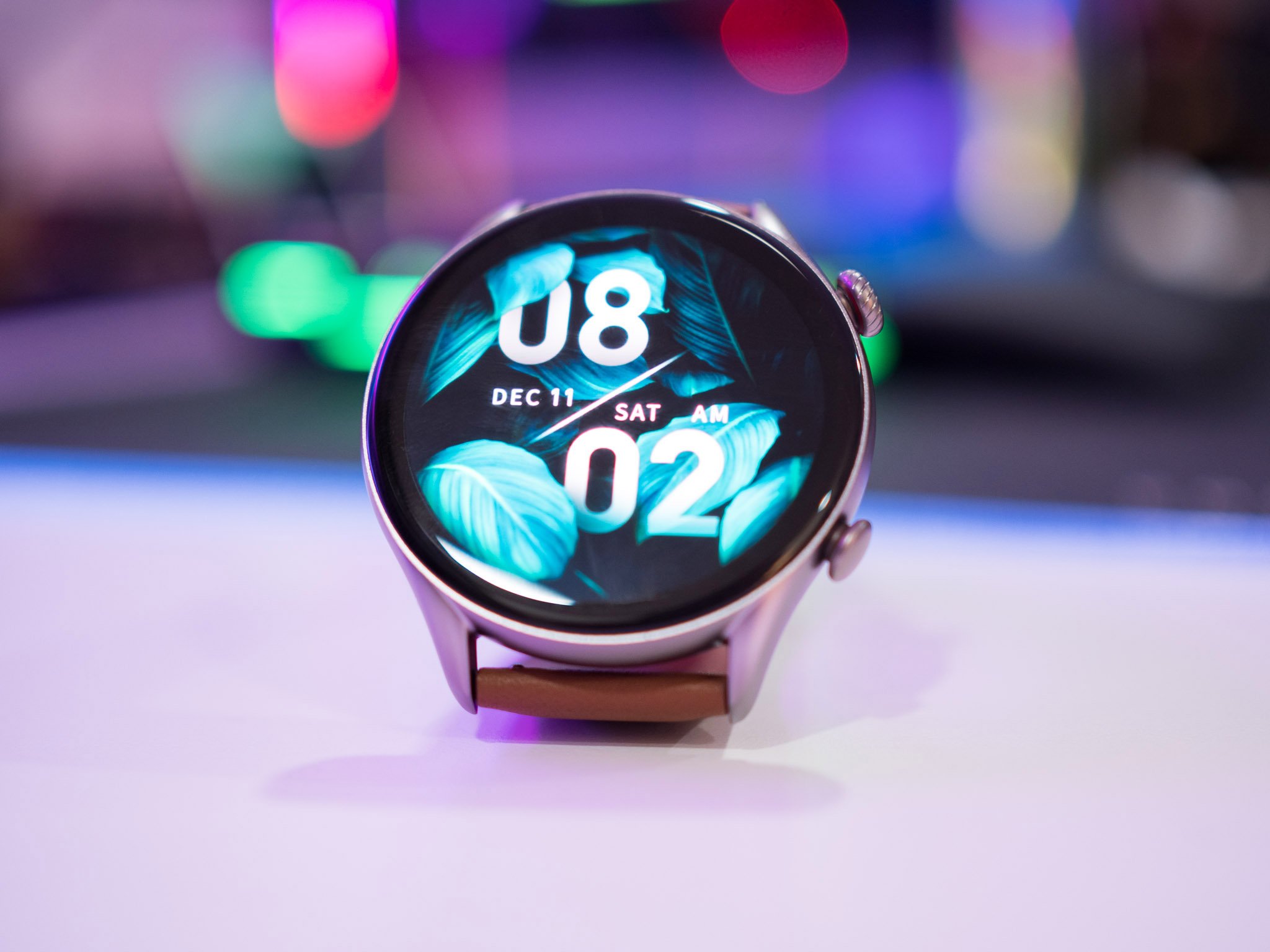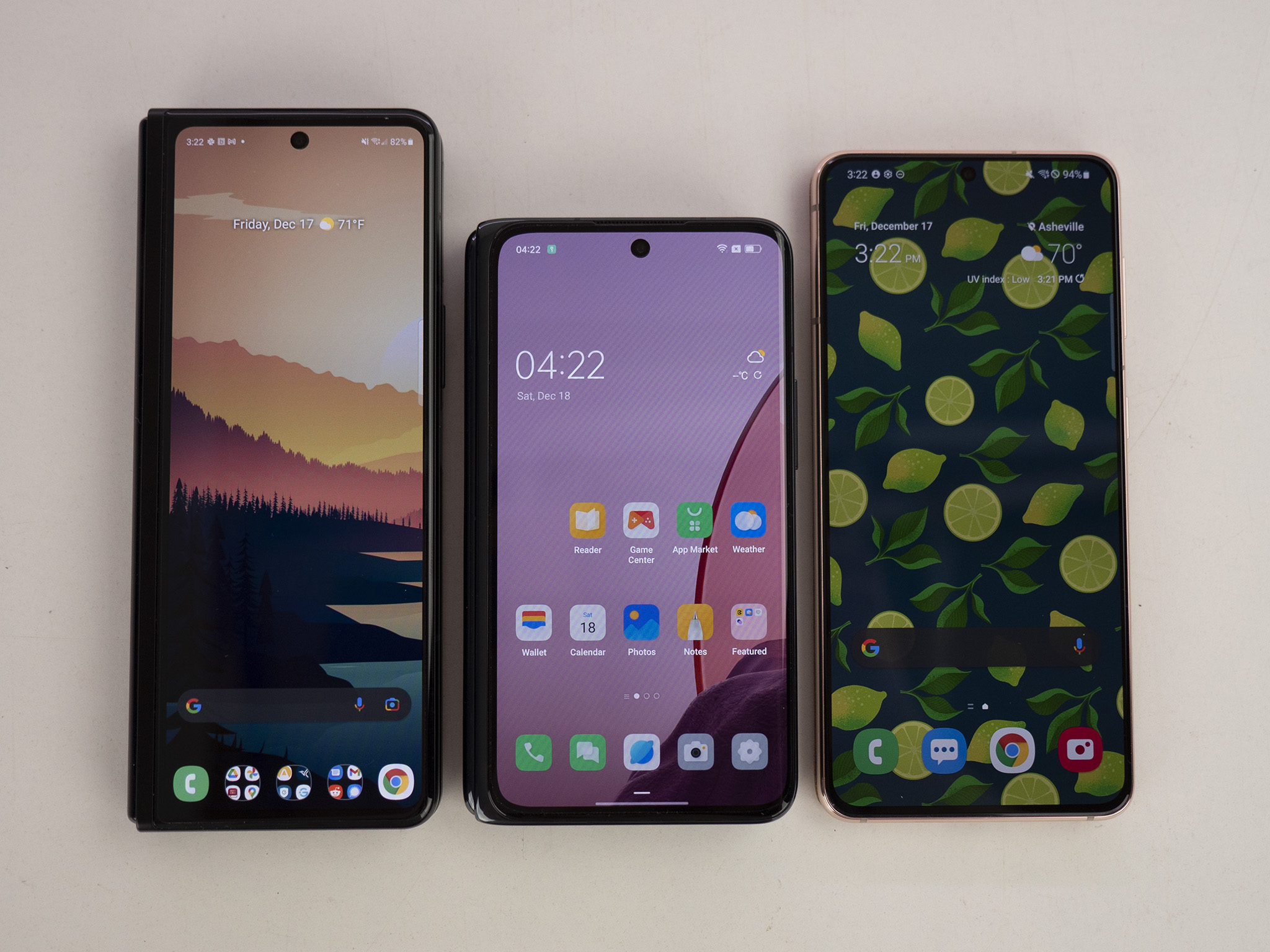There's plenty to look forward to in the world of Android this year.
Google and Samsung dominate the conversation around Android (for obvious reasons), but dozens of players from all over the world contribute to the broader Android ecosystem. Chinese phone manufacturers like Xiaomi, OPPO, and Vivo are increasingly focusing on western markets, and Amazfit and Mobvoi are doing all the right things on the wearable front.
In short, there are many exciting developments in the Android ecosystem right now, and these are the brands that you should pay more attention to this year.
OnePlus, OPPO, and Vivo
The BBK triumvirate of OnePlus, OPPO, and Vivo had a good 2021, and they're looking to continue their strong showing. OPPO kicked things off in style with the Find N, a creaseless foldable that gives us an early look at what's possible in this category in the coming years.
OPPO and Vivo dominated sales in China last year, but they also did well in global markets — particularly in the west. Both brands tend to focus on a vast retail distribution network to drive sales — much like Samsung — and they've managed to significantly increase their market share in regions like the UK, France, and Germany following Huawei's exit.
OPPO has a lot of exciting products in the works. The Find X5 is slated to debut sometime at the end of Q1, possibly powered by the manufacturer's first custom chipset. It is also likely to offer decent camera gains, with OPPO making a lot of positive strides in that area. Then there's the mid-range Reno series that has delivered some of the most exciting phones in this category over the last 18 months — it forms the basis for OnePlus Nord.
Vivo, for its part, is betting big on the mid-range segment. The color-changing V23 series is now official in India, and it should be making its way to other markets in the coming weeks. Vivo's high-end X series phones don't get as much attention, but the Chinese brand is doing a lot of interesting things around video recording, with the X70 series featuring a third-gen gimbal camera system and Vivo's custom imaging module.
I predict Vivo and OPPO will continue their dominance in China while gaining decent market share globally. The main hurdle for these two brands in the past has been software, but ColorOS 12 is one of the most refined interfaces around, and Vivo's Funtouch OS has been transformed over the course of 2021.
As for OnePlus, the manufacturer's future as an OPPO sub-brand means it has pivoted heavily to the Nord series — particularly with the Nord N portfolio in North America. OnePlus managed to sell 10 million phones for the first time in a calendar year in 2021, and that's on the back of strong sales in the entry-level and budget segments.
It is still rolling out flagship devices — the OnePlus 10 Pro has already been announced officially — but the focus for OnePlus this year will be to make further headway in North America with the Nord series. And with ColorOS now being used as the default software on its phones, it has lost what differentiation it had with OxygenOS, and is now primarily a budget player.
With Vivo and OPPO unwilling to enter North America, OnePlus is the default vessel for BBK in the region, and we're seeing just what that looks like with the Nord N series — made up of regurgitated entry-level OPPO phones.
Xiaomi
Xiaomi had a stellar year in 2021, with the Chinese manufacturer overtaking Samsung as the world's largest phone brand for a few months. The rise in sales figures was mostly down to the budget models in the Redmi Note series, but Xiaomi's focus on the mid-range with the Mi 11 Lite, Xiaomi 11T, and the multitude of rebranded POCO phones has worked to its advantage. The Mi 11 series also fared well against the best Android phones thanks to the Mi 11 Ultra and its ridiculous cameras.
For 2022, Xiaomi aims to continue that momentum. It is doubling down in key regions like India — already releasing mid-rangers like the Xiaomi 11i with 120W fast charging — and it is consolidating its position in western markets. Like its BBK rivals, Xiaomi was a big beneficiary of Huawei's decline, and it is now seeking to extend its advantage.
The Redmi Note 11 series should go a long way in furthering Xiaomi's goal this year, and with the Xiaomi 12 series slated to debut globally by the end of Q1 — around the same time as the Galaxy S22 — Xiaomi is aiming to deliver on several fronts.
There's also the fact that Xiaomi sells a lot of products that aren't phones, including TVs, security cameras, fitness bands, smartwatches, Android TV streaming boxes, and gaming monitors, and it is launching most of these ecosystem products outside China.
Honor
Honor is now a standalone entity — having distanced itself from Huawei — and while the brand made some initial headway in its home market last year, it wasn't able to sustain that momentum. For 2022, Honor will have to show that it can stand on its own — particularly against its Chinese rivals.
The best way to do this would be with a strong portfolio of devices, and Honor is gearing up for a busy launch window. It is set to release its first foldable phone, with the teasers indicating a design similar to that of the Galaxy Z Fold 3. In its heyday, Honor's budget phones drove a lot of sales for the brand, and I want to see what it has to offer in this category now that Xiaomi and Realme rule the roost.
Nothing
Nothing generated a lot of excitement ahead of the launch of its ear (1) wireless earbuds, and the brand is using that as the starting point for its broader ambitions. Carl Pei has mentioned that Nothing will create a series of ecosystem products, and while he hasn't confirmed it publicly, a phone is definitely on the cards.
There's little in the way of information regarding Nothing's first phone, but I've heard that a launch is on the cards for the latter half of 2022. This is obviously very interesting given Pei's history at OnePlus, and we'll have to wait and see if he can do something similar at Nothing. Following OnePlus's decision to use ColorOS as the software on its phones, there's a distinct lack of options for Android enthusiasts looking for a high-end phone with clean software, and Nothing could fill that void if it plays its cards right.
I'll have much more to share on this in the coming months, but one thing's for certain: Nothing is going to have a very interesting 2022.
Amazfit
Amazfit is now the world's third-largest wearable manufacturer, and that title is well-deserved. The brand went from strength to strength in 2021 on the back of value-focused smartwatches, and it needs to do the same this year it if wants to hold on to that position.
Amazfit's standout product is its $50 fitness band, but the GTR 3 and GTS 3 smartwatches have fared very well following their introduction in Q3 2021. A big part of that was down to the software, with Amazfit refining its software by some degree.
I'd like Amazfit to release a Wear OS smartwatch, but that is mostly wishful thinking on my part. What's more likely is that Amazfit will continue to roll out new models in its value-focused smartwatch series, turning its attention to the lucrative wireless earbuds category instead.
2022 is going to be an exciting year for Android
Between Android 12 making its way to more devices and flagship phones slated to debut in the coming months, there's a lot of excitement in the Android ecosystem for 2022. I'm looking forward to seeing what Nothing comes up with this year, what Xiaomi does in the budget segment, and what's in store for foldables.
Source: androidcentral

